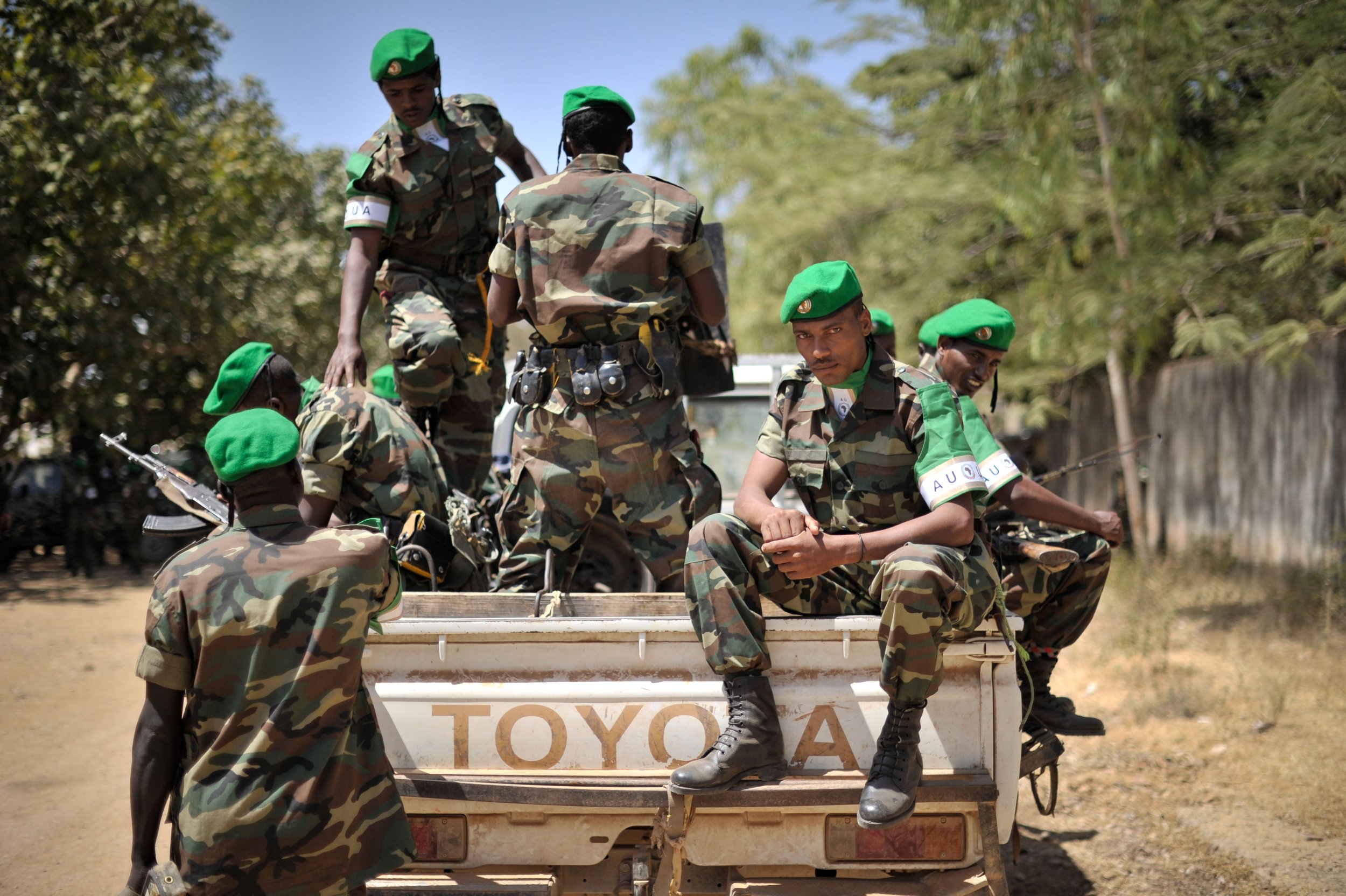Photo courtesy of AMISOM Public Information via Flickr. Military unification efforts by the Ethiopian government have caused protests in the country's Amhara region, causing many local businesses to close.
By Kiera McLaughlin ’26
Staff Writer
Content warning: This article discusses mass death and state-sanctioned violence.
Large protests, which began on April 5, 2023, have taken place in Ethiopia’s Amhara region in reaction to the government’s decision to create a unified paramilitary force, BBC reported. According to Reuters, members of Amhara’s special forces and militias opposed Prime Minister Abiy Ahmed’s command to merge the regional military with the national force. Ahmed has claimed that the new plan was made “for the sake of Ethiopia’s national unity.”
Reuters reported that these protests escalated, and on Sunday, April 9, while thousands of people protested, residents in at least two towns in Amhara heard gunfire. Such demonstrations have led to further violence. Mohammed Amin, the mayor of Kombolcha, said in an interview with Reuters that “there were those who were injured from stones, gunshots and were taken to hospital. It includes the members of the city security, ENDF (federal army) and the protesters.”
According to The Guardian, protesters blocked roads and burned tires; local shops and banks were closed because of the violence. In response to the violent protests, the regional government has imposed a curfew and restricted the internet in some areas, including Gondar, one of the region’s most popular tourist destinations.
According to Al Jazeera, at least four people were killed during the protests, including two Catholic Relief Services workers who were killed on April 9 in the town of Kobo. Zemede Zewdie, the CRS country representative in Ethiopia, said that “the depth of our shock and sorrow is difficult to measure and we are angered over this senseless violence.” He went on to say that CRS is an organization dedicated to helping vulnerable citizens in Ethiopia. According to Al Jazeera, Ahmed commented that “appropriate law enforcement measures will be taken against those who deliberately play a destructive role.”
The history behind the regional paramilitary forces in Ethiopia involves conflict between the 11 different regional states and is cemented in their national constitution, which allows federal member states to have a “police force” that preserves “peace, law and order,” The Guardian reported. The two-year-long civil war ended last November when Ahmed signed a peace deal with the Tigray rebellion, according to The Washington Post. Along with the civil war, there have been uprisings in the Oromiya region, in which mass killings have targeted Amhara civilians. BBC explained that there are also historical ties to land and resources that Amhara recently gained control of after the war, and while both Tigray and Amhara claim that the land has historically belonged to them, the disagreement has not been settled.
Reuters reported that leaders and activists in Amhara recently accused Ahmed’s government of ignoring the brutality by the Oromiya region and fear that the government will return Amhara historical land previously captured by the Tigray military during the war, to Tigray. In an interview with the Washington Post, an anonymous resident of Amhara said that many Amhara said that the Amhara regional military “want reassurance from the federal government [that their] land will not go back to [Tigray].” Another anonymous citizen told the Washington Post that “the Amhara people are facing an existential threat.” He continued by asking, “why did they start the disarmament with Amhara?” On Monday, April 10, the community elders spoke to both sides and the shooting finally stopped, residents told The Washington Post.
As of April 12, businesses and government buildings were reopened around the Amhara region, reported Reuters. In an interview with Reuters, an anonymous resident of the city Debre Berhan said their “city is now almost returned to normalcy.”

